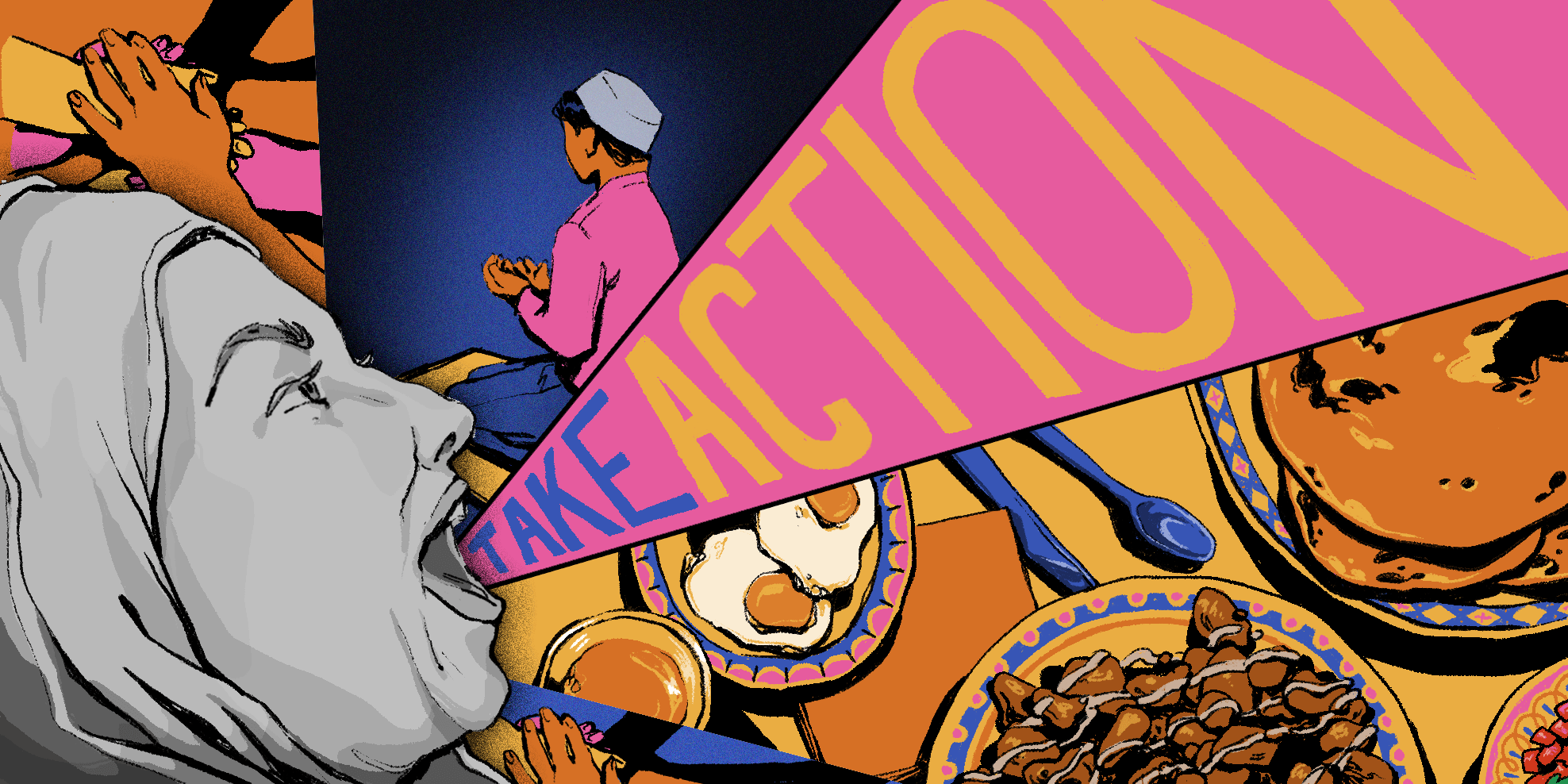T. Jones, a chronically homeless individual who panhandles in the Loop, shares José’s distaste for city shelters. “It is my last resort,” he says. He also opts to avoid city services such as warming centers and heat vans, preferring instead to warm up on the El; “I like to get my own things done. It’s better for me.”
José points to what he believes are logistical flaws in the operation of the city’s warming centers and heat vans. Transportation is a challenge for many members of the chronically homeless; they oftentimes do not have enough money for public transportation, and walking to a warming center or a public building isn’t feasible in subzero weather. While there are vans that will transport them to a warming center, service is infrequent, and they will not drive anyone back to their previous location.

Fred Griffin, a vendor for Streetwise magazine, feels outright offended at the existence of the heat vans and warming centers: “They’re taking your rights away. You can’t sleep on the streets if you want to sleep on the streets?” Like Jones and José, he also reports a dislike of the shelters: “They cut the heat off around 3:00 or 4:00 in the morning, and they throw you out at 5:00. You have to leave, you get back on the streets, and it starts all over again.”
Homeless woman Brenda Taylor can summarize her aversion towards the shelters in less than ten words: “I went to a shelter, and I got raped.” During the bitter cold, she prefers to ride the El all night long. In her experience, the conductors tend to be understanding. It’s rare that she is asked to leave; and if she is, it’s usually a security guard who insists upon it.
In comparison to the portrait of the shelters, José’s life under Lower Wacker Drive sounds like a more communal arrangement: “Everybody watched each other’s back,” he says. “The guys who didn’t do anything, they stayed down there and watched our stuff. The people who went out and hustled or sold papers, we worked, and then we’d come home and give them a buck for taking care of our blankets.”
While it might be tempting to romanticize this as a lively, viable alternative to bureaucratic forms of assistance, it would not have been possible for José to sustain such a lifestyle without outside aid. “A church from the South Side would come and bring home-cooked meals,” he says. “Other people would come during the week. Some would bring clothes, some would bring water, other guys would bring coffee or food … some were individuals, some were with churches. One guy came all the way from Joliet.” Furthermore, the city played a considerable role when it came to finally getting José off the streets, referring him to a series of transition programs and providing him with lowincome housing.
What, then, accounts for the contempt the shelters receive? According to José, it might have something to do with the limited amount of funding available for homeless support services. He left the streets in 2004; since then, he believes it’s only gotten worse for the chronically homeless, and Mayor Emanuel has failed to convince them that their situation will improve anytime soon. He bitterly makes note of the allocation of Tax Increment Financing (TIF) funds in the Loop area, which in recent years have funded projects undertaken by Willis Towers, Grossinger, and other such wealthy corporations. Though the Coalition advocates fiercely for the homeless, there still hasn’t been as much progress as José would like. In particular, he would like to see a larger shelter in the Loop area, but he doubts whether or not the city will provide any funding for such a project.
But for those currently on the street like Brenda Taylor, such speculation doesn’t seem to factor into their immediate strategy for surviving the winter. “As far as being homeless goes,” she says, “it’s not a good place to be, since you don’t have nothing and you’re depending on other people to look out for you, but it’s okay. If you reckon with God, it’s okay.”




















